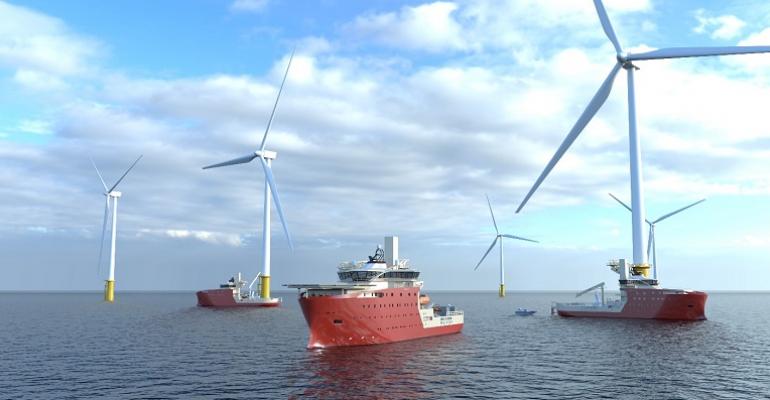Brent crude average $80 over the first half of the year, Clarkson said in its Half Year Review, up 14% on the ten-year trend. Firmer prices underpinned higher capital expenditure with $68 billion of offshore oil and gas projects reaching final investment decisions over the first half, up 57% year on year and 41% on the ten-year trend.
Offshore oil and gas accounts for 16% of the world’s energy, forty times more than the rapidly expanding offshore wind sector.
FPSO activity is up, with live projects under development in Brazil, Guyana and West Africa: 13 FPSO contract awards are expected over the course of 2023, an 11-year high, Clarkson said.
Meanwhile, the firm’s Rig Rate Index has climbed by 74% since the beginning of 2021 with utilisation of jack-up units and floaters is now at 85%. High-spec jack-ups are earning more than $150,000 a day, while the firm’s Offshore Supply Vessel index has climbed 17% over the first half to hit 161, the highest level since late 2014.
Although there is still nominally spare OSV capacity, with a significant number of laid-up units potentially available, Clarkson points out that its OSV utilisation figure of 72% at the start of July could actually be tighter than this. Vessels laid up for long periods are likely to prove difficult to reactivate and about 43% of the currently idle fleet has been laid up for five years or more.
Other supply constraints are evident, Clarkson said, with only small numbers of legacy newbuildings from the ‘stranded inventory’ delivering. Finance for new projects is a challenge as banks have a greater focus on ESG issues, newbuilding prices are high, and uncertainty over future fuels remains an issue.
Copyright © 2024. All rights reserved. Seatrade, a trading name of Informa Markets (UK) Limited.
Add Seatrade Maritime News to your Google News feed.  |

